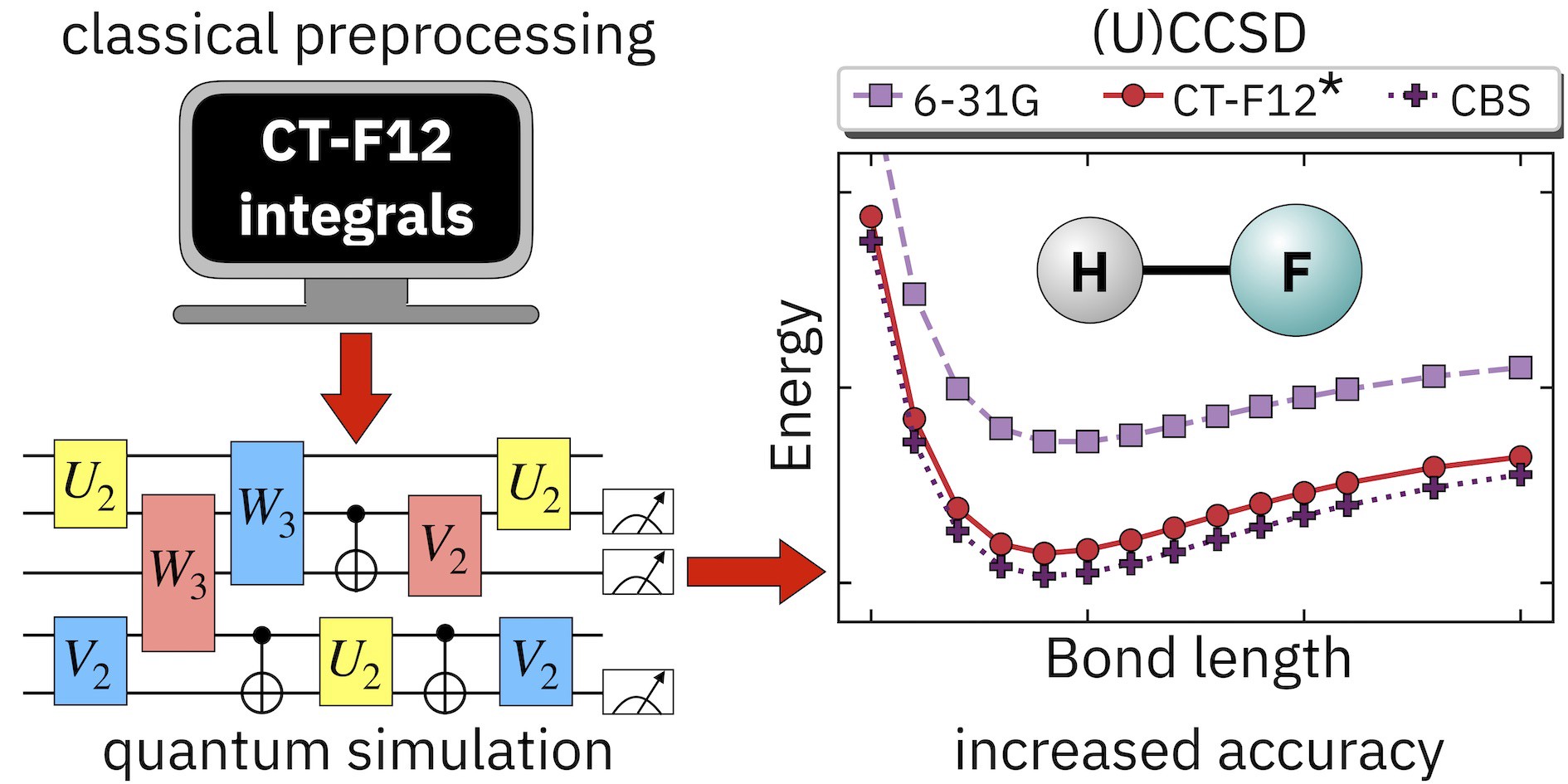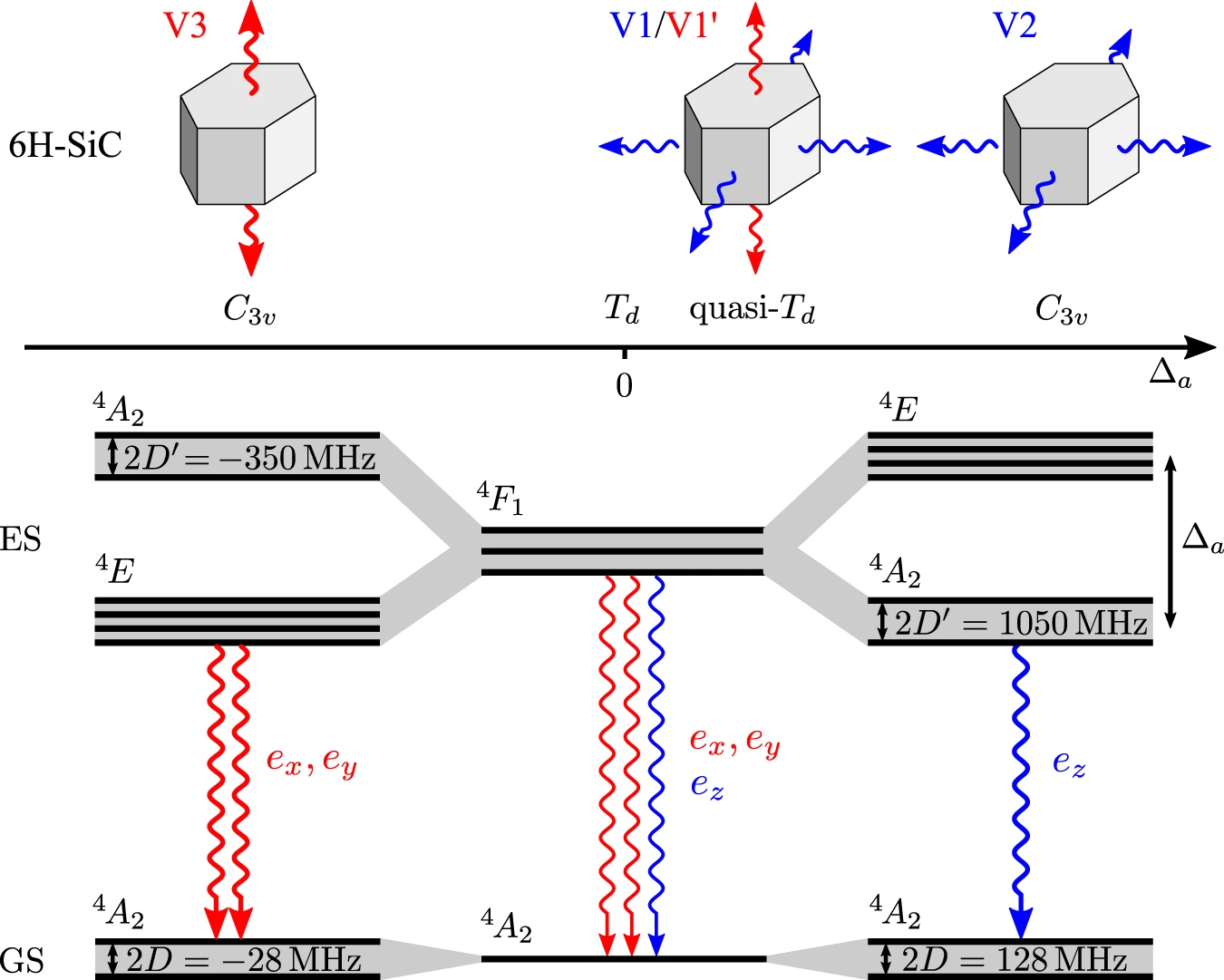In a significant breakthrough for quantum sensing technology, researchers have successfully demonstrated the ability to image electric fields at the nanoscale using a single Nitrogen-Vacancy (NV) center positioned at the tip of a diamond scanning probe. This achievement, conducted under ambient conditions, represents a major advancement in quantum sensing capabilities with far-reaching implications.
The diamond-based quantum sensor, utilizing the nitrogen-vacancy center’s unique properties, achieved remarkable sensitivity metrics: alternating current (AC) electric field sensitivity of 26 mV μm−1 Hz−1/2 and direct current (DC) electric field gradient sensitivity of 2 V μm−2 Hz−1/2. These results mark improvements of approximately two orders of magnitude over previous attempts in the field.
Perhaps most impressively, the scanning resolution reached sub-100 nanometer precision, limited only by the distance between the NV center and the sample. This extraordinary resolution opens new possibilities for examining phenomena at previously unobservable scales.
The research team overcame significant challenges in the process. While NV magnetometry was already established, NV electrometry faced substantial hurdles including weak coupling strength, shorter coherence times in nanostructures compared to bulk diamonds, and problematic electric field screening effects. The researchers identified a resistive-capacitive time constant of approximately 30 microseconds on their diamond tip surface.
To circumvent the screening effect that particularly impacted DC field measurements, the team devised an ingenious solution: mechanically oscillating the diamond probe at approximately 190 kHz while synchronizing quantum sensing pulse sequences with this mechanical motion. This technique effectively converts spatial gradients into AC signals, enabling more effective measurement.
The quantum sensing platform’s versatility makes it particularly valuable across disciplines. By functioning as both magnetometer and electrometer depending on magnetic field direction, it offers unique insights into complex materials including strongly correlated matter and multiferroic materials. Applications extend beyond physics into chemistry and biology, where charge and spin phenomena play critical roles.
This advancement builds upon a decade of remarkable progress in quantum science, where controlled quantum systems increasingly tackle challenges beyond classical techniques. The NV center’s exceptional qualities—long coherence time under ambient conditions and sensitivity to multiple signals including magnetic fields, electric fields, temperature and pressure—position it as an ideal candidate for these applications.
With this milestone achievement, researchers have taken a crucial step toward building a comprehensive scanning-probe-based multimodal quantum sensing platform that promises to transform our understanding of materials at the nanoscale.
npj Quantum Information, Published online: 09 September 2022; doi:10.1038/s41534-022-00622-3



